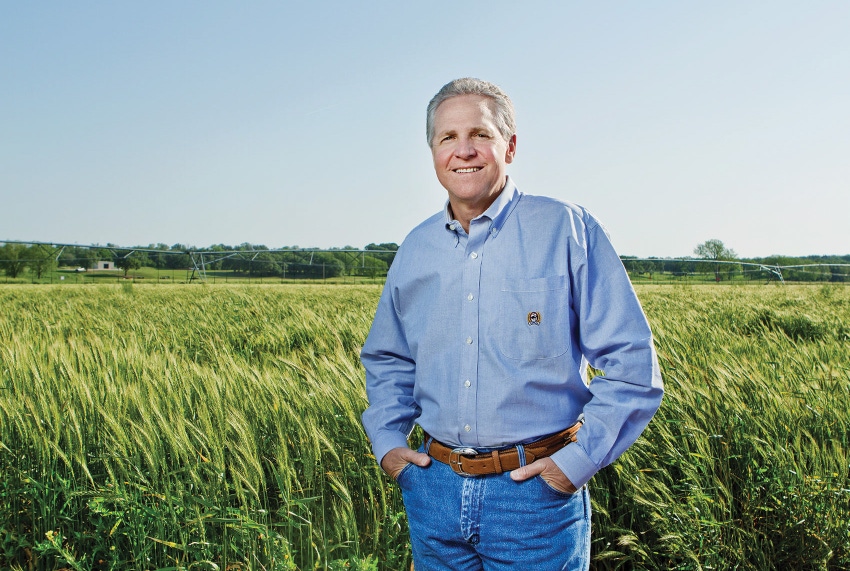
Testing soil health tests
Think DifferentSoil health tests can be used to compare between cropping systems as well between cropping systems and nature, suggests Ray Ward, president, and Lance Gunderson, bio testing manager, Ward Labs, Kearney, Neb.Gunderson recommends comparing cropping systems with nearby native prairie or even fencerows if they have not been sprayed, plowed or otherwise managed."We are trying to follow what Mother Nature has in place," he says. "Use the native system as a benchmark and ideal ratio for microbial community composition and healthy soils."The two experts warn against expecting dramatic changes in the short term, such as a year after switching to no-till or planting cover crops. "Look for patterns," Gunderson explains. "You want to see trends develop over three to five years."
November 20, 2014

About the Author(s)
You May Also Like



